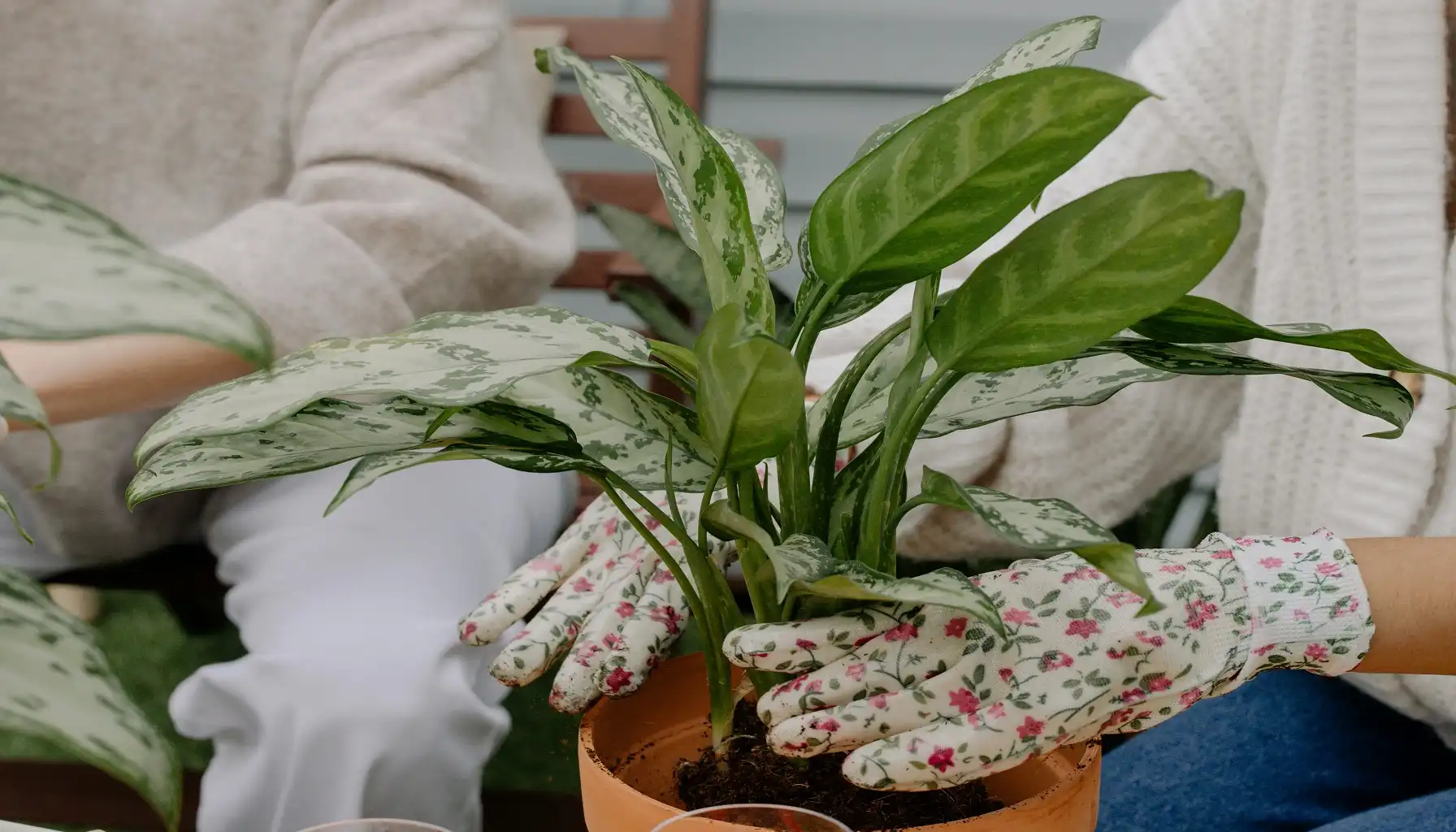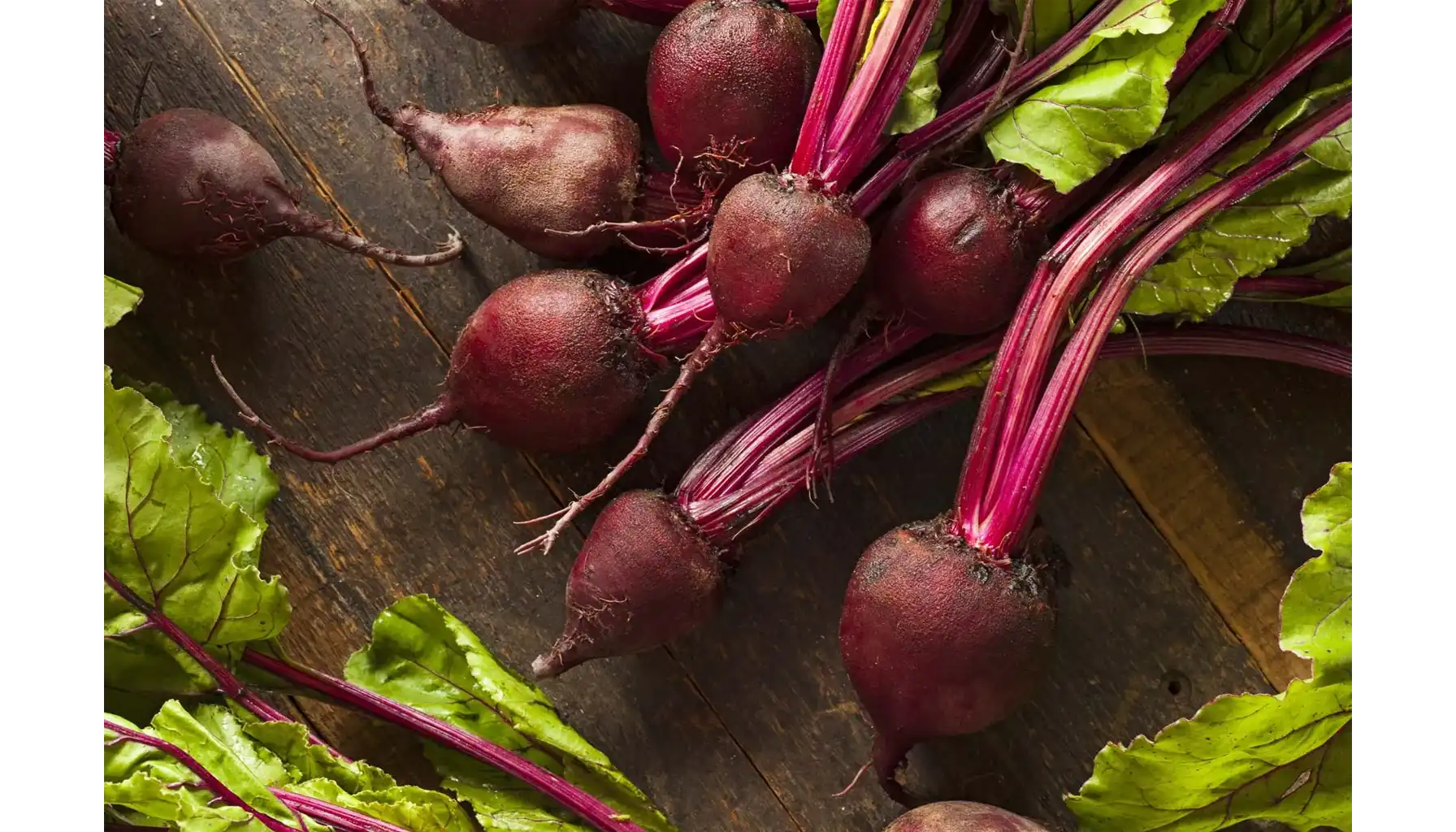When going through the forest, one may witness the living world at its diversity and outstanding beauty. Though typically observed at eye level, forests hide the most intriguing layer somewhere beneath, where your feet touch the ground and stop. The green carpets of moss could be found anywhere on the planet, but their nature usually remains missing.
Does moss produce oxygen? Is this a real plant and how does it survive? Delve into the core of mosses, explore their constitution, and prepare yourself for further exploration, too.
What is a Moss?
Generally speaking, mosses embrace a large group of non-vascular plants that usually grow in moist, shaded areas, while they may thrive in various environments, including urban and even arctic ones. From a biological perspective, mosses are of interest thanks to their reproduction via spores and unconventional structure as well.
As a rule, these tiny living beings are united into dense broad carpet-like formations that cover the surface of the ground, rocks, and trunk bases at times. With more than 12,000 plant species in their family, mosses appear in various peculiar shapes, yet it might not be even noticed at first. Nevertheless, these little titans play a crucial role in the whole ecosystem, though remaining (under) cover for the most part.
By the way, does moss always grow North?
Back to Ancient Times…
If you wish to ask a scientist about the oldest land plants in the world, they might occasionally come up with mosses, a 300-million-year-old plant type that once had colonized the terrestrial environments. The resilience of these instances of flora made it possible to overcome significant climatic and geological changes that wiped off other creatures for good.
The evolutionary history of mosses reveals the plant's ancient nature, for the plant boasts a unique yet simple structure that shapes terrestrial environments and colonizes more and more areas, even the most remote ones. Well, do mosses have stomata? What are they composed of?
Unique Structure
Unlike the majority of plant species, mosses are known for their unique structure, which reminds them of where they came from and what they saw. In contrast to vascular green instances, mosses do not have root systems, stems, and leaves. As an alternative organ, they have small needles of rhizoids that penetrate into the substrate to absorb water and nutrients more efficiently.
Moreover, it is the structure of a plant that explains why mosses may invade territories so quickly yet remain productive all the time. In broad terms, the life cycle of a moss incorporates two stages, i.e., the gametophyte and the sporophyte. During the first stage, one may witness leaf-like structures all over the land covered with moss. This is the time when gametes, i.e., sperm and eggs, are produced and then united into sporophytes, which consist of a stalk and a capsule with spores inside.
As far as each type is concerned, mosses have stomata, i.e., tiny pores on the “skin” of plant organs, the capsules in particular. With the use of stomata, a plant may regulate the gas exchange and manage water loss through transpiration. Although stomata are not a distinctive feature of non-vascular plants, these are still vital despite the plant’s reliance on direct absorption and water management.
Ecological Importance
Nature is a well-balanced space when pristine and out of the human’s sight. Mosses take their position as crucial plants that support the vitality of plant species around. One of the primary functions is water retention, which is to regulate the environmental water cycles, i.e., prevent flooding and maintain an appropriate humidity level. Hence, all the plants on the same territory live in harmony and establish mutually beneficial relations.
As vast territories are covered with green carpets, people may wonder, “Does moss produce more oxygen than trees?”. In fact, these clusters do produce oxygen as a byproduct of the photosynthetic activity, but it cannot be compared to the volumes of oxygen the trees usually release. The biomass of trees is significantly larger than that of moss, making trees the primary producers of oxygen on Earth.
At Last: Exploration with No Limits — AI Plant Finder
When entering a forest or any other natural environment, the thrill of exploring new things may be overwhelming. So as to make this experience more productive and pleasantly educational, we recommend that you use platforms like AI Plant Finder designed specifically for plant lovers of all ages and skills. Anyone involved may benefit from the app’s features, be it plant exploration itself or a gardening routine, too.
AI Plant Finder is one of the most prominent representatives of this group of apps, for it provides the most relevant information about the plant species, includes updates regarding plant science, and incorporates features that may be used at any stage of a journey. But what exactly can AI Plant Finder offer?
Digital encyclopedia of more than 300,000 plant species included region by region. Explore the detailed information about their habitat, growing needs, plant care requirements, toxicity levels, and more.
A record of garden activity and plant management. Keep track of your plants right in the app and set up care reminders so as not to miss watering sessions, pruning, mulching, etc.
Plant and disease identification that allows one to quickly understand what they see. Point the camera accessed through the AI Plant Finder app at the plant, take a picture, and learn more about its nature and the problems it might be suffering from.
AI Botanist who is always ready to guide you through the newly emerging challenges, offer solutions, and make suggestions when asked for.
The apps are always beneficial, for they cannot but assist one in the garden, when other resources are not available, though. Give it a try and share your experience with like-minded, collaborate, and explore your gardening potential with ease.
Mosses are valuable inhabitants of any ecosystem. These unique yet simple plants represent the true power of ancient flora that managed to preserve its zest and implemented its mechanisms into a larger natural machine. Though being the eldest here, moss still holds some secrets that are yet to be revealed soon.
AI Plant Finder Related Posts:






